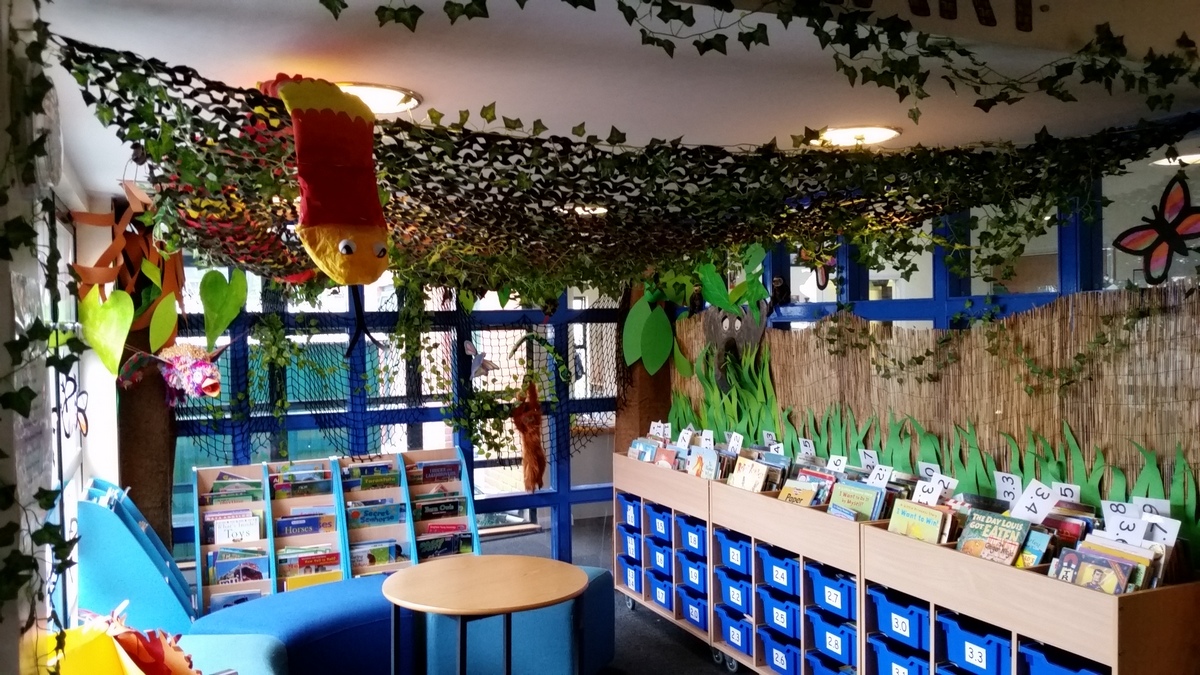What happens next?
Once children have completed the Read, Write, Inc. programme, they move onto the second phase of our Reading Pathway. This is the transition stage after Read, Write, Inc. before they move to independent reading.
The children read book banded books, also in colours, regularly in groups at school to further develop their fluency and stamina. The book banded books become more challenging as the colour changes.
In Year 2, those children who have completed Read, Write, Inc. also have whole class reading sessions. Therefore, by the end of Year 2, children should be able to read aloud books that are at the right level for their age.
Once they have completed the book banded books, the children move onto independent reading which is monitored by the teachers through a programme called Accelerated Reader for their personal reading.
They also have whole class reading sessions . In these lessons, the children read extracts from a wide range of books each day with their class teacher in a variety of ways to develop their reading skills such as fluency, stamina, expression (prosody), ability to predict and summarise, infer and comprehend.
This whole class method ensures progression and breadth in the key texts being used to teach reading across the school and being shared with the children to develop their love of reading. The children are really enjoying sharing these books together and are frequently asking to read the books for themselves. Extra copies have been purchased to provide copies in the classrooms for the children to read the whole book should they wish and this is proving very popular.
Throughout their time at school, the children will also bring home another book. This is their library book which is their ‘reading for pleasure’ book. This book is to be shared or read to them, or they can read it independently if they feel they can. This book is NOT necessarily matched to their reading level. We hope this will give them a variety of books to read and help develop their love of reading.

